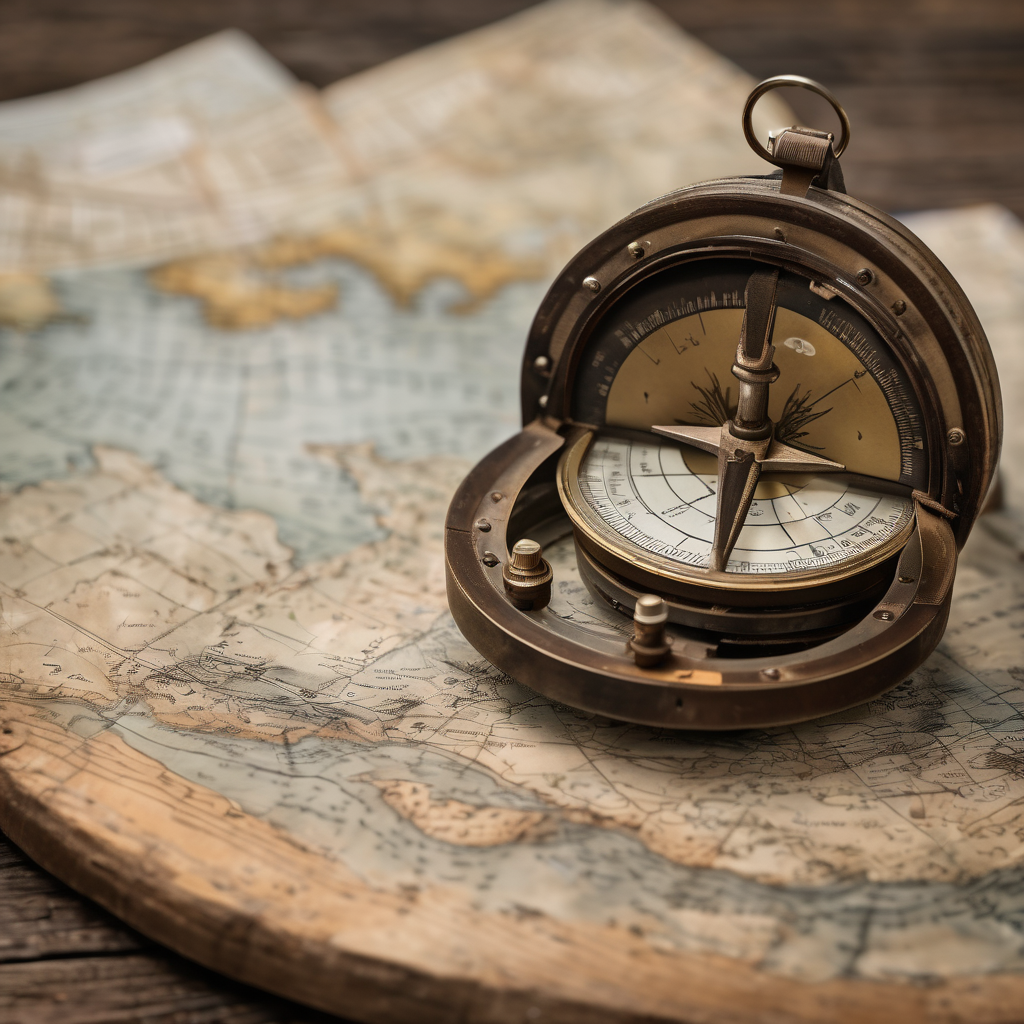Purdue University has announced its participation in an expedition led by the Archaeological Legacy Institute (ALI) to explore a lagoon on Nikumaroro Island in the South Pacific, aiming to uncover the mystery behind Amelia Earhart’s disappearance. This initiative coincides with the 88th anniversary of Earhart and her navigator Fred Noonan’s vanishing during their ambitious bid to fly around the world at the equator.
The expedition is set to begin on October 30, with team members departing from the Amelia Earhart Terminal at Purdue University Airport to Majuro in the Marshall Islands. They will set sail to Nikumaroro Island on November 4 to investigate a visually intriguing object identified in satellite imagery, which some believe could be the wreckage of Earhart’s Lockheed Electra 10E.
The team will consist of 15 members, including three representatives from Purdue: Sirisha Bandla, Marc Hagle, and Steve Schultz. Their objectives include capturing detailed visual data of the site using videos and images, applying remote sensing technologies, and conducting underwater excavations. The expedition aims to carefully examine the Taraia Object, which has been visible in various imaging since 1938.
Richard Pettigrew, ALI’s executive director, expressed the monumental significance of the discovery, stating that finding Earhart’s aircraft would not only address a historical enigma but also provide conclusive evidence for previous claims about her last known location. The search has historical roots, as previous research by The International Group for Historic Aircraft Recovery has built a compelling case for Nikumaroro being the final resting place of Earhart’s plane.
On September 26, the expedition team gathered at Seattle’s Museum of Flight to engage with a replica of the Lockheed Electra 10E, further connecting the past with the present. Purdue has been deeply intertwined with Earhart’s legacy; she served as a career counselor at the university and is commemorated through various campus facilities and the newly dedicated Amelia Earhart Terminal.
The expedition not only aims to solve one of aviation’s greatest mysteries but also highlights the remarkable achievements of a pioneering woman in aviation. Bandla expressed her pride in being a part of an endeavor dedicated to continuing Earhart’s legacy of breaking barriers for women in aviation.
Purdue Research Foundation, which originally supported the Lockheed Electra through the Amelia Earhart Fund for Aeronautical Research, hopes that a successful identification of the wreckage can lead to fulfilling Earhart’s dream of returning the Electra to West Lafayette. The expedition will conclude with a return to Majuro around November 21.
This mission aligns closely with Purdue’s long-standing commitment to excellence and innovation in research and education, reflecting the university’s dedication to uncovering not just history but also inspiring future generations. The university’s official podcast will also feature a four-part miniseries titled “Finding Amelia,” exploring Earhart’s legacy and the expedition, available for streaming on various platforms and YouTube.
